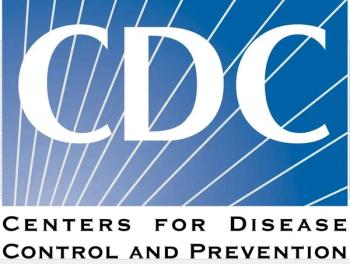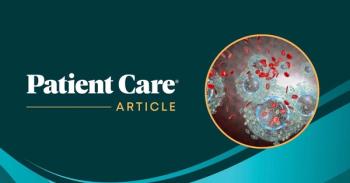
Aphthous Stomatitis: Three Types
An afebrile 23-year-old man with no cervical gland enlargement presented with the very painful, large, shallow, yellowish-based ulcer shown here.
Classification. Aphthae are classified into three types:
- Minor ulcers usually measure less than 5 mm and are seen on the labial and buccal mucosa. They are generally round and white to yellowish with an erythematous margin and can erupt individually or in clusters.
- Major aphthae, or periadenitis mucosa necrotica recurrens, can be 1 to 3 cm in diameter, may be round or oval, and arise on the lips, soft palate, or fauces.
- Herpetiform ulcers are multiple, recurring crops of 2- to 3-mm painful lesions that are widespread throughout the oral cavity. Reassure your patient that despite their name, these ulcers are not caused by a herpesvirus infection.
Therapy. Generally, no treatment is needed for aphthous stomatitis. The pain eases within a week of onset, and the lesions resolve in about 14 days. Lesion pain and irritation from teeth and food can be treated by a tetracycline-triamcinolone mouthwash. Topical anesthetic or corticosteroid therapy may be helpful.
Figure 4 shows an ulcer on the right soft palate of a 38-year-old woman who had experienced pain in the right side of her palate and neck. Her cervical glands were not enlarged.
An afebrile 23-year-old man with no cervical gland enlargement presented with the very painful, large, shallow, yellowish-based ulcer shown in Figure 5; there was surrounding injection at the left anterior tonsillar pillar. The lesion responded to treatment with tetracycline and triamcinolone mouthwash.
The aphthae on the right anterior tonsillar pillar in Figure 6 was the cause of this 35-year-old woman’s “most severe sore throat.” She was afebrile, with bilateral anterior cervical gland enlargement that was tender only on the right side.
Newsletter
Enhance your clinical practice with the Patient Care newsletter, offering the latest evidence-based guidelines, diagnostic insights, and treatment strategies for primary care physicians.


















































































































































































































































































